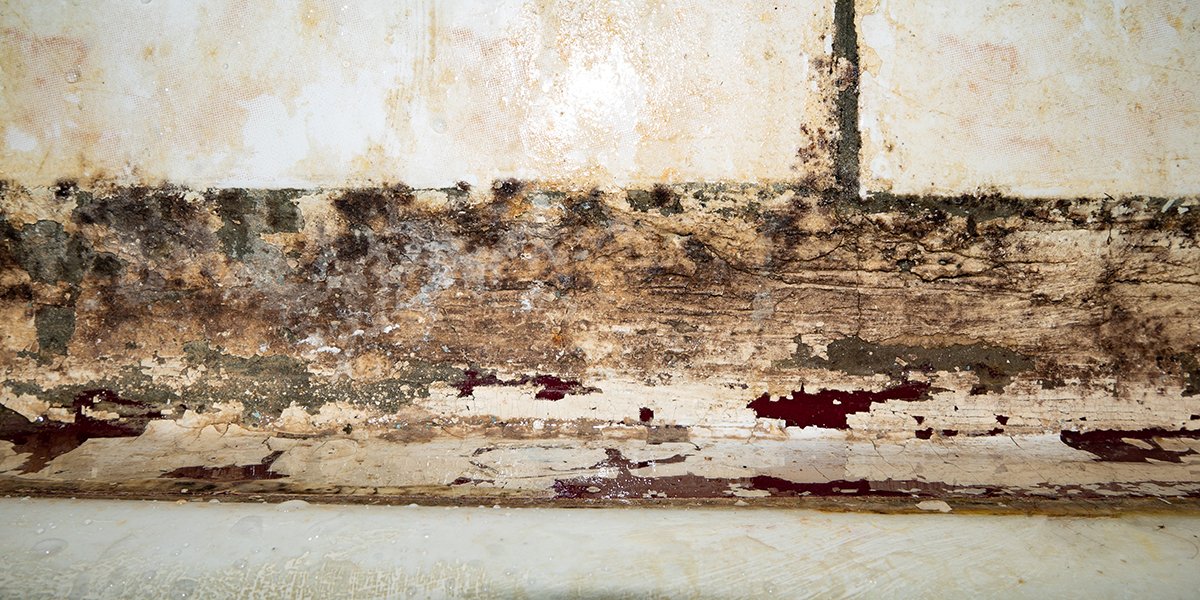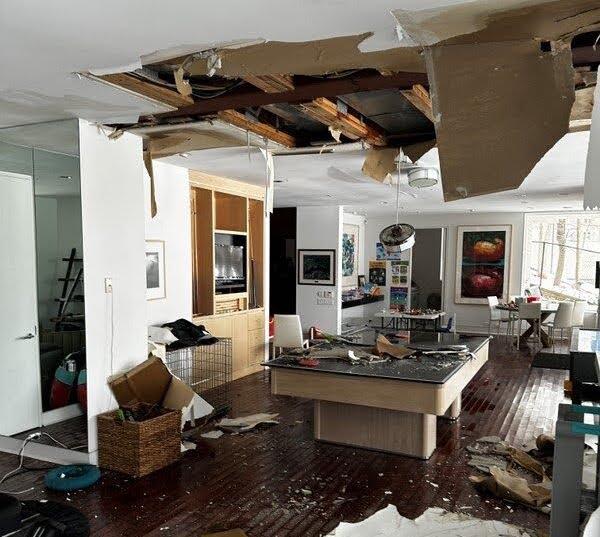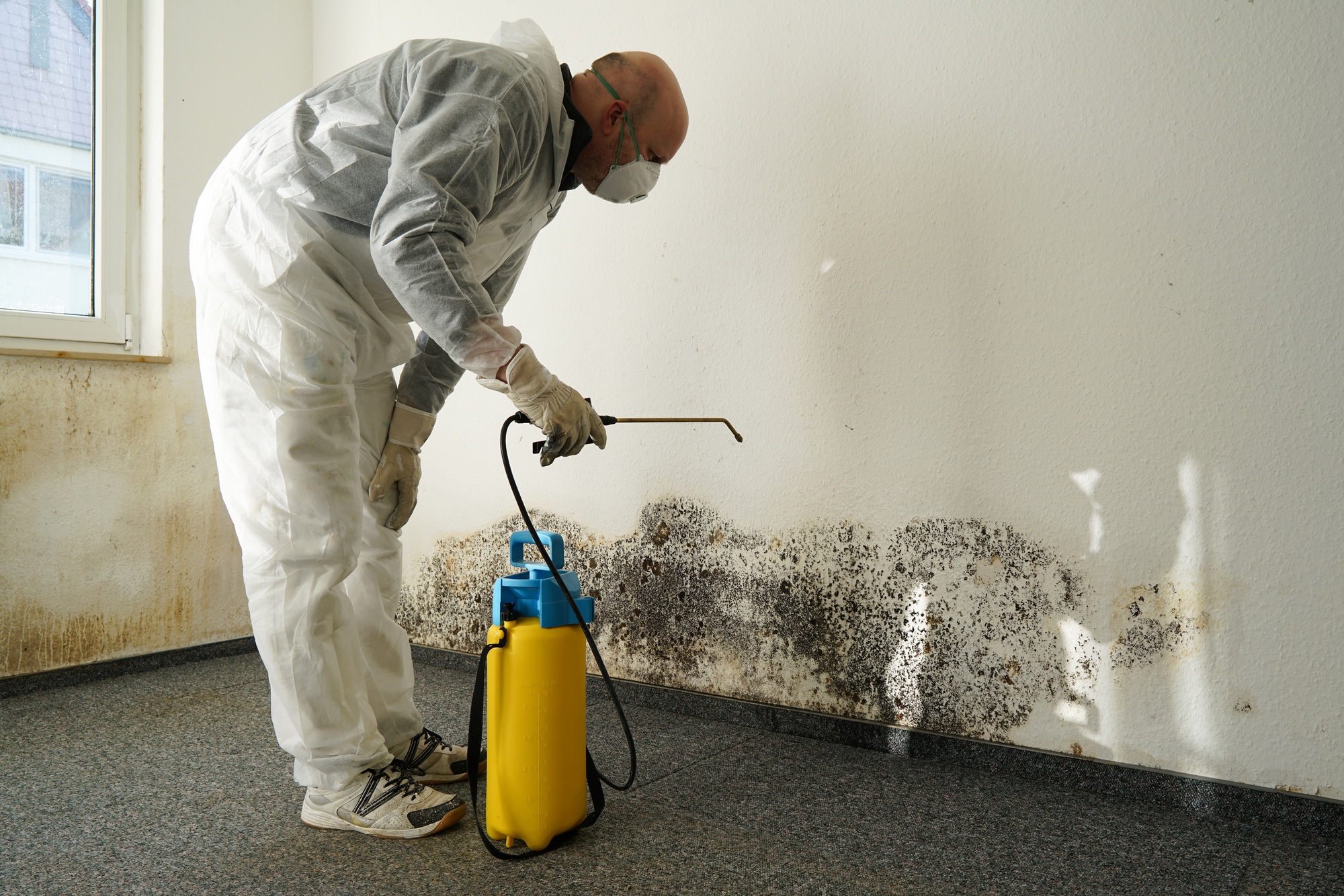Leading Water Mitigation Company Offering Fast and Efficient Solutions
The Refine of Water Damages Cleaning: Ensuring Your Home Is Restored Successfully
Water damage can be a daunting obstacle for homeowners, requiring a organized and precise clean-up procedure to recover security and functionality. At first, a detailed evaluation is vital to identify the extent of the damage and identify the proper removal actions. Following this, reliable water extraction strategies play a crucial duty in minimizing more damage. However, the nuances of drying, sanitizing, and ultimate reconstruction are just as important and frequently neglected. Comprehending these phases can make a significant difference in the result of your home's remediation, motivating a closer check out what each step requires.
Evaluating the Damages
Upon finding water damages, the primary step is to completely assess the level of the influence. This first assessment is essential, as it aids figure out the required actions for efficient clean-up and reconstruction. Begin by examining the influenced locations, including wall surfaces, ceilings, floors, and individual possessions, to recognize the source of the water breach, whether from flooding, leakages, or condensation.
Recording the damage is crucial for both insurance coverage claims and intending reconstruction efforts - damage restoration services. Usage pictures and composed notes to catch the extent of the damage, noting any type of damaged architectural aspects and products. Pay unique attention to areas that may not be right away noticeable, such as behind walls and under rugs, as hidden wetness can lead to further complications, consisting of mold and mildew growth
In addition, evaluate the timeline of the water exposure. The longer the materials stay wet, the higher the potential for damage. Comprehending the period of exposure will notify the seriousness of removal initiatives. Inevitably, a thorough assessment lays the groundwork for an effective water damage cleanup procedure, making sure that all impacted areas are addressed efficiently and completely.
Water Removal Strategies

Specialists usually use submersible pumps for larger volumes of water, which can rapidly minimize flooding in cellars or various other influenced locations. For smaller sized amounts, wet/dry vacuum cleaners are usually utilized to draw out residual moisture from carpets and tough surfaces. Additionally, using portable extractors enables targeted elimination in restricted rooms or locations with delicate materials.
In circumstances of infected water, such as sewer or floodwater, progressed extraction strategies may involve using biohazard devices to make sure security and compliance with health and wellness regulations. High-powered extraction devices are vital in lessening water retention in structural materials, which can bring about mold and mildew development and architectural degeneration otherwise resolved without delay.
Ultimately, the performance of water removal methods plays an essential role in the overall success of the water damage cleanup process, preparing for subsequent repair initiatives.
Drying and Dehumidification
Once standing water has actually been successfully drawn out, the next important stage in the water damages cleanup procedure is drying out and dehumidification. This action is vital to prevent more damage and mold development, which can occur within 24 to 2 days in damp settings.
To achieve reliable drying out, specific tools such as industrial-grade air movers and dehumidifiers is employed. Air moving companies distribute air throughout wet surface areas, enhancing evaporation rates, while dehumidifiers minimize moisture levels in the air, promoting a helpful atmosphere for drying out. The combination of these tools ensures that dampness is drawn out from furnishings, floors, and walls, allowing them to dry completely.
It is vital to keep an eye on the drying process carefully. Experts often make use of dampness meters to assess the moisture material in different materials, guaranteeing that all influenced locations get to acceptable dryness levels. This meticulous technique aids to protect against surprise moisture pockets that could result in architectural damage or unhealthy mold growth.

Cleansing and Sterilizing
After the drying out and dehumidification stage is complete, the next crucial action in water damages cleanup is cleansing and sanitizing the affected areas. This procedure is critical to avoid the development of mold and mildew, bacteria, and other pathogens that grow in wet environments.
The cleaning phase normally entails getting rid of any debris, dust, and impurities from surface areas using specialized cleaning agents. For difficult surfaces, a combination of soap and water or commercial cleaning products is usually used. Soft materials, such as upholstery and carpets, may require much more comprehensive cleansing approaches, consisting of vapor cleansing or deep removal strategies, to guarantee thorough cleanliness.

Disinfecting adheres to cleaning, utilizing EPA-approved try this website anti-bacterials to remove unsafe microbes. This step is vital, especially in areas that may have entered call with floodwaters or sewage, as these resources can posture severe wellness risks.
Furthermore, it is very important to attend to any type of staying odors, which might need using smell neutralizers or innovative methods like ozone treatment. Correct cleaning and sanitizing not just recover the security and hygiene of your home yet likewise lay the groundwork for effective remediation and repair work in succeeding stages of the water damages clean-up process.
Remediation and Repairs

Once the analysis is complete, restoration initiatives can start. Additionally, flooring may call for comparable interest, depending on the degree of water direct exposure.
It is crucial to involve seasoned restoration specialists during this process, as they possess the knowledge to deal with complex fixings properly. They can assist minimize possible future issues, such as mold development or architectural instability, hence ensuring a habitable and risk-free living environment. Eventually, reliable reconstruction and repairs restore the home's honesty and enhance its total worth.
Verdict
Finally, the process of water damage cleanup is important for bring back a home to its pre-damage problem. Each stage, from analyzing the damages to carrying out effective water extraction strategies, adhered to by detailed drying out, sanitizing, and required repair work, plays a necessary function in making certain safety and compliance with structure criteria. Efficient execution of these actions not just minimizes prompt damages yet additionally boosts the lasting honesty and worth of the building.
Water damage can be a difficult obstacle for home owners, requiring a precise and structured clean-up process to recover security and performance. Ultimately, a thorough assessment lays the foundation for an effective water damages cleaning procedure, ensuring that all influenced areas are resolved properly and thoroughly.
Reliable water extraction strategies are crucial in alleviating damage and preventing additional difficulties adhering to a water intrusion occasion.In conclusion, the process of water damage cleaning is essential for recovering a home to its go pre-damage problem. Each phase, from analyzing the damage to applying effective water removal strategies, complied with by detailed drying, disinfecting, and required fixings, plays a crucial function in making certain safety and conformity with structure standards.